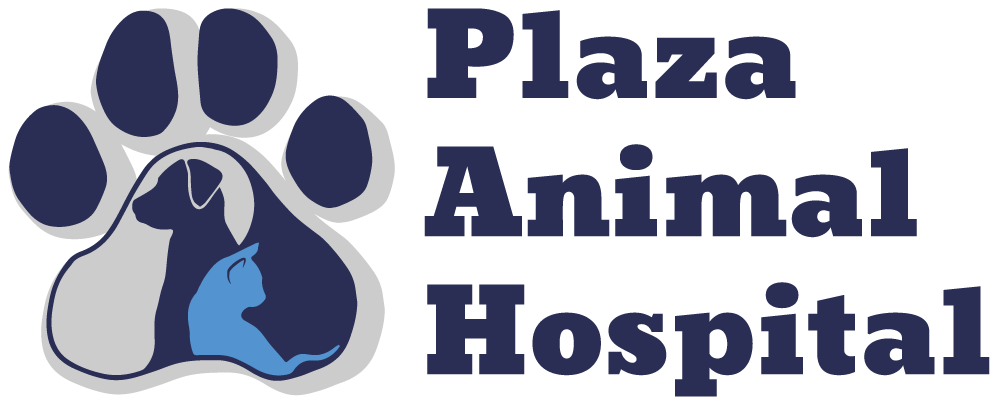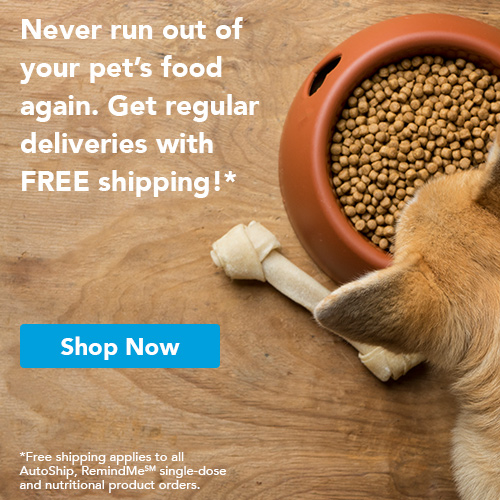As pet parents, we all want to provide the best nutrition for our furry companions. Understanding what dogs eat and how to create a balanced dog diet is crucial for their health, happiness, and longevity.
Just like humans, dogs need a well-rounded diet that provides all the essential nutrients for optimal health. In this comprehensive guide, we’ll explore everything you need to know about feeding your dog, from commercial dog food options to safe human food additions that can enhance their diet.
Understanding the Basics of Dog Diet
A proper dog diet forms the foundation of your pet’s overall health and well-being. Good nutrition supports healthy growth, maintains strong immunity, promotes proper digestion, and helps prevent various health issues. The right balance of nutrients can also enhance your dog’s coat condition, energy levels, and mental alertness while contributing to a longer, healthier life.
Essential Nutrients Dogs Need Daily
- Proteins: Building blocks for muscles, organs, and immune system. High-quality protein sources should be the first ingredient in your dog diet.
- Fats: Provide energy and support cell function. Essential fatty acids help maintain healthy skin and coat.
- Carbohydrates: Supply quick energy and fiber for digestive health.
- Vitamins: Support various bodily functions and boost immunity.
- Minerals: Essential for bone health, fluid balance, and various metabolic processes.
- Water: Crucial for all body functions and must be available fresh daily.
Factors that Affect a Dog's Nutritional Requirements
- Age: Puppies need more protein and calories for growth, while senior dogs require fewer calories but might need more joint-supporting nutrients. Adult dogs have different nutritional needs at various life stages.
- Size and Breed: Large breeds need specific nutrient ratios to support healthy bone development, while small breeds have higher metabolic rates requiring more calorie-dense foods.
- Activity Level: Working and athletic dogs require more calories and protein to maintain muscle mass and energy. Less active or indoor dogs need fewer calories to prevent weight gain.
- Health Status: Dogs with specific health conditions may need modified dog diet options. Common issues like allergies or digestive problems often require dietary adjustments.
- Reproductive Status: Pregnant or nursing dogs need increased calories and specific nutrients to support their puppies’ development.
Commercial Dog Diet Options
Dry Kibble vs Wet Food Benefits
Both dry and wet dog food options have their place in a balanced dog diet. Dry kibble helps maintain dental health through chewing action and is more cost-effective and convenient for storage. Wet food provides higher moisture content, which can be beneficial for dogs who don’t drink enough water, and it’s often more palatable for picky eaters or dogs with dental issues.
Reading and Understanding Dog Diet Labels
- Check the Ingredient List: Look at the first three to five ingredients listed. These make up the majority of the food’s content and should include high-quality protein sources.
- Verify the AAFCO Statement: Ensure the food meets AAFCO (Association of American Feed Control Officials) guidelines. This indicates the food provides complete and balanced nutrition for your dog’s life stage.
- Examine the Guaranteed Analysis: Review the minimum percentages of protein and fat, and maximum percentages of fiber and moisture. These numbers help you compare different foods on a dry matter basis.
- Look for Named Ingredients: Avoid foods with generic terms like “meat meal” or “animal by-products.” Instead, look for specific ingredients like “chicken,” “lamb,” or “beef.”
- Check the Nutritional Adequacy Statement: Find information about whether the food is complete and balanced. This statement tells you if the food is appropriate for your dog’s life stage.
Safe Human Food for Dogs
While dogs primarily need a balanced commercial dog diet, certain human foods can be safe and even beneficial when given in moderation. The key is knowing which foods are safe, serving appropriate portions, and understanding that human food should only supplement, not replace your regular dog diet. Always introduce new foods gradually and watch for any adverse reactions.
Protein Sources from Human Food
- Lean Chicken: An excellent source of protein that’s gentle on your dog’s digestive system. Always serve it plain, fully cooked, and without bones or skin to prevent choking hazards and avoid added fats.
- Turkey: A lean protein alternative that’s rich in essential nutrients and easily digestible. Remove all bones and skin, and avoid seasoned turkey, especially around holidays when it might contain harmful ingredients like onions or garlic.
- Fish: Provides valuable omega-3 fatty acids and high-quality protein that support coat health and joint function. Stick to fully cooked, boneless fish like salmon or whitefish, and avoid fish with high mercury content.
- Lean Beef: Offers iron, protein, and B vitamins that support energy levels and muscle maintenance. Choose lean cuts, cook thoroughly without seasonings, and cut into appropriate sizes to prevent choking.
- Eggs: Packed with protein and essential amino acids that support overall health and muscle development. Always serve them cooked to avoid the risk of salmonella, and limit to 1-2 eggs per week for medium-sized dogs.
Vegetables and Fruits Dogs Can Eat
- Carrots: Rich in beta-carotene and fiber, making them excellent for eye health and digestion. They can be served raw as a crunchy treat or cooked for easier digestion, but avoid adding any seasonings.
- Sweet Potatoes: Packed with vitamins A, C, and B6, they provide excellent nutrition and digestible fiber. Always serve them cooked and plain, without butter or seasonings, as raw sweet potatoes can be hard to digest.
- Green Beans: Low in calories but high in fiber, vitamins, and minerals, making them perfect for weight management. Serve them steamed or raw, but avoid canned green beans due to high sodium content.
- Blueberries: High in antioxidants that support brain health and immune function. These small fruits make perfect training treats and can be served fresh or frozen for a cool summer snack.
- Pumpkin: Excellent source of fiber that can help with both diarrhea and constipation. Use plain, canned pumpkin (not pie filling), or cook fresh pumpkin without any seasonings.
- Apples: Provide vitamins, fiber, and a satisfying crunch that can help clean teeth. Remove all seeds and the core before serving, as apple seeds contain small amounts of cyanide.
- Bananas: Rich in potassium and vitamins, they make a great occasional treat for active dogs. Due to their high sugar content, serve in moderation and consider them a special treat rather than a regular addition to your dog diet.
Foods Dogs Should Never Eat
Keeping track of your dog diet isn’t just about ensuring proper nutrition – it’s also crucial for preventing potentially dangerous situations. Dogs are naturally curious and may try to eat things that could harm them, especially when left unsupervised. Understanding which foods are toxic to dogs and maintaining a watchful eye on what they consume can prevent emergency veterinary visits and ensure your pet stays healthy.
Foods Dogs Should Never Eat
- Chocolate and Caffeine: Contains theobromine and caffeine, which can cause severe nervous system problems and heart issues in dogs. Even small amounts can be dangerous, especially dark chocolate.
- Grapes and Raisins: Can cause sudden kidney failure in dogs. The toxic substance hasn’t been identified, so all grapes and raisins should be avoided completely.
- Onions and Garlic: These contain compounds that can damage red blood cells and cause anemia. Even small amounts can be harmful, including onion or garlic powder.
- Xylitol: Found in sugar-free products and can cause dangerous drops in blood sugar and liver failure. Check labels carefully, as this sweetener is common in peanut butter and other foods.
- Macadamia Nuts: Can cause weakness, depression, vomiting, and hyperthermia in dogs. Even a small amount can lead to muscle tremors and elevated body temperature.
- Raw or Undercooked Meat: May contain harmful bacteria like Salmonella or E. coli. Raw eggs can also decrease biotin absorption and cause skin problems.
- Avocados: Contain persin, which can cause vomiting and diarrhea in dogs. The pit also presents a serious choking hazard.
What to Do If Your Dog Eats Harmful Foods
- Stay Calm and Act Quickly: Notice and document what and how much your dog ate. Write down the time they consumed the harmful food.
- Secure Any Remaining Food: Remove access to any remaining toxic food to prevent further consumption. Save packaging or take photos if possible.
- Contact Your Veterinarian: Call your vet or the Pet Poison Helpline immediately. Don’t wait for symptoms to appear, as early intervention is crucial.
- Follow Professional Guidance: Your vet may instruct you to induce vomiting or bring your dog in for immediate treatment. Never induce vomiting without professional guidance.
- Monitor Your Dog: Watch for symptoms like vomiting, diarrhea, lethargy, or unusual behavior. Keep track of any changes to report to your vet.
The Benefits of a Healthy Dog Diet
Improved Energy and Vitality
A balanced dog diet provides the right combination of proteins, fats, and carbohydrates for sustained energy throughout the day. When dogs receive proper nutrition, you’ll notice increased playfulness and better endurance during activities. This enhanced energy level contributes to better mental stimulation and a more active lifestyle, which is essential for both physical and psychological well-being.
Better Digestive Health
Proper nutrition supports optimal digestive function and helps prevent common gastrointestinal issues. A well-balanced dog diet includes appropriate fiber levels that promote regular bowel movements and maintain healthy gut bacteria. This leads to better nutrient absorption and fewer digestive problems like constipation or diarrhea.
Stronger Immune System
A nutritious dog diet strengthens your pet’s natural defenses against illness and disease. Essential vitamins, minerals, and antioxidants support immune function and help fight off infections. This means fewer trips to the vet and a healthier, happier pet overall.
Healthy Skin and Coat
The right balance of nutrients, especially omega fatty acids, promotes a glossy coat and healthy skin. When your dog diet meets nutritional needs, you’ll notice less shedding, fewer skin problems, and a shinier coat that reflects their overall health status.
Creating a Balanced Diet Plan
A well-planned dog diet is essential for maintaining your pet’s health and happiness. Creating a balanced meal plan involves understanding your dog’s specific needs and establishing consistent feeding routines. Follow these steps to develop a dog diet plan that works for your furry friend.
- Determine Daily Caloric Needs: Calculate your dog’s ideal calorie intake based on weight, age, and activity level. Consult with your vet for precise calculations.
- Choose Quality Food Sources: Select high-quality commercial dog food as your base, ensuring it meets AAFCO standards for complete nutrition.
- Establish Feeding Schedule: Divide daily portions into 2-3 meals for adult dogs, maintaining consistent feeding times. Puppies may need more frequent meals.
- Measure Portions Carefully: Use a measuring cup or scale to ensure accurate portions. Avoid “eyeballing” amounts to prevent overfeeding.
- Monitor Weight and Adjust: Check your dog’s weight monthly and adjust portions as needed. Look for a visible waist and easily felt ribs.
- Plan Treats Wisely: Limit treats to 10% of daily calories. Choose healthy options and account for them in the total daily intake.
Conclusion
Creating and maintaining a proper dog diet is one of the most important responsibilities of pet ownership. By understanding what foods are safe, which to avoid, and how to create a balanced meal plan, you can help ensure your furry friend lives a long, healthy life.
Remember that every dog is unique, and what works for one may not work for another. Always consult with your veterinarian about your specific pet’s dietary needs, and make adjustments as needed based on their age, health status, and activity level. With careful attention to diet and nutrition, you can help your dog thrive for years to come.


